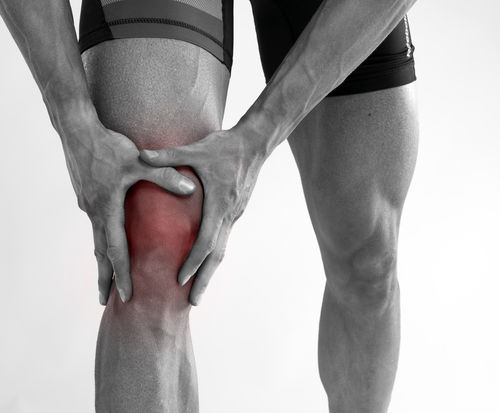Why Stretching Alone Isn’t Enough for IT Band Syndrome
- Head 2 Toe Osteopathy
- Aug 20
- 2 min read
IT Band Syndrome Overview
Iliotibial Band Syndrome (ITBS) is a common overuse injury, particularly among runners and athletes, characterised by pain on the outside of the knee. It results from friction between the IT band and the underlying tissue, often triggered by biomechanical imbalances, overtraining, or muscular issues.

Limitations of Stretching Alone
IT Band Structure: The IT band is a strong, fibrous structure, not a muscle. It’s naturally tight and not designed for significant flexibility, so stretching it often yields limited results. Excessive tightness usually signals an underlying problem elsewhere—such as pelvic or muscular imbalance.
Soft Tissue Issues: The IT band can adhere to underlying muscles like the vastus lateralis. These adhesions and soft tissue restrictions can prevent effective stretching and require manual release or foam rolling before any stretching is beneficial.
Stretch Reflex Complications: Aggressive stretching of attachments (like the TFL muscle) can trigger the body's protective reflex, causing these muscles to contract even tighter. This can worsen the syndrome instead of resolving it.
Limited Effect on Long-Term Recovery: Studies show that simply increasing stretching frequency and duration does not guarantee prevention or resolution of ITBS. Improvements in range of motion occur mainly with sufficient and regular stretching time, but stretching does not address the mechanical roots of the problem.
Why a Holistic Approach Is Essential
Identify Root Cause: ITBS is typically caused by mechanical imbalances in the lower body—involving hips, knees, pelvis, or running technique. Addressing these root causes is crucial for long-term improvement.
Muscle Strengthening: Weak hip and gluteal muscles are major contributors to ITBS. Targeted strengthening exercises (such as clamshells and lateral leg raises) help stabilise your stride and relieve pressure from the IT band.
Release Soft Tissue Tension: Foam rolling, trigger point therapy, or manual releases to the TFL and surrounding tissue are necessary before stretches can be effective.
Gait and Footwear Adjustments: Poor running form or worn-out shoes can exacerbate ITBS. Professional evaluation, adjusting footwear, or adopting orthotics might be recommended.
Comprehensive Rehab Plan: The best results come from combining releases, stretching, strengthening, activity modification, and biomechanical corrections. Persistent ITBS should be evaluated by a professional who can provide a full diagnosis and personalised treatment plan.
Key Takeaways
Stretching helps—but isn’t enough on its own for IT Band Syndrome.
Strengthen hip and gluteal muscles, release soft tissue adhesions, and address biomechanical imbalances for a more effective, lasting solution.
Seek professional assessment for persistent cases to target the underlying cause of ITBS.
If you’re struggling with stubborn IT band pain, focus on a multimodal rehabilitation approach—not just stretching—to get back to pain-free activity.




Comments